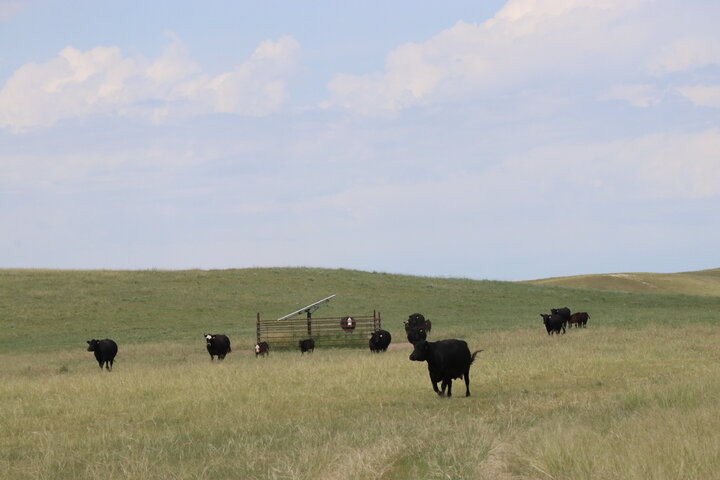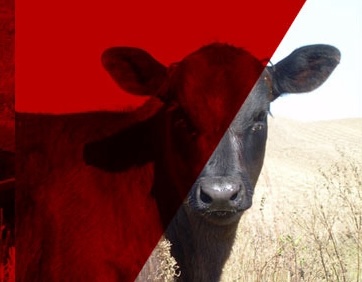As cattle head to summer pasture, producers often face questions about the relationship between range management and stocking rate. Managing stocking rates effectively is critical for maintaining range sustainability and long-term productivity.
Grazing plan
Harvested forage supplies are tight, commodity prices are high, and producers are getting desperate for somewhere to go with cows. However, overgrazing the range will put the long term sustainability of the range in jeopardy. Due to the stress of last year's drought on plant populations, overgrazing can occur even in the presence of spring rains.
Developing a grazing plan to utilize pastures can help producers effectively manage their forage resources. Dr. Jerry Volesky, UNL Forage and Range Specialist, has developed an excel worksheet to help producers track grazing days. For more information, please see these UNL Extension publications.
- Grazing and Hay Records: Spreadsheet Template, EC165 (PDF 1.87MB)
download Grazing and Hay Records Excel spreadsheet file - Integrating Management Objectives and Grazing Strategies on Semiarid Rangeland, EC158
Covers management practices that optimize the sustainability of rangeland and includes a decision-support tool for selecting grazing systems best suited to management objectives. Cost: $2.00.
Animal Unit Months
Often grazing plans and recommendations use terminology such as Animal Unit Months (AUMs) to describe the carrying capacity of a given forage or pasture. This is simply a system used to standardize the forage needs of cattle and the forage available.
In this system, a 1000 lb. animal is considered 1 AU making a 600 lb. animal 0.6 AU and a 1200 lb. animal 1.2 AU. Therefore, a 1200 lb. cow and her 300 lb. calf would be considered 1.5 AU.
Furthermore, 780 lb. of air dried grass is considered 1 AUM. This means a 1000 lb. animal would consume 780 lb. of air dried forage (approximately 90% of the moisture removed) in one month's time.
Vegetative zones and AUMs
The state of Nebraska is divided into 4 vegetative zones based on rainfall and forage species composition. Because of the differences across the state each zone has a little different carrying capacity for each range site.
Most typically in the Nebraska Panhandle (Vegetative Zone 1) common upland range sites in good condition will have a carrying capacity of 0.3-0.5 AUMs per acre. This year, it would be important to reduce that carrying capacity by 20-30%. So in a normal year, a 600 lb. steer grazing on a pasture rated at 0.3 AUM/acre would need 2 acres for one month of grazing (0.6/0.3) while a 1200 lb. cow would need 4 acres for the month (1.2/0.3). This year that same steer would need 3 acres for one month, and a cow and her calf would need 7.5 acres for one month.
Monitor pastures
The carrying capacity numbers above are estimates and can change. For example, research at UNL has indicated that physiological state (lactation, pregnancy, growth) influences forage intake.
Additionally, the carrying capacity of the range can be reduced by issues occurring this year as well, such as more drought, hail, fire, and insects. Therefore, producers should monitor pastures closely to avoid improper utilization.
Producers wanting more accurate estimates of their pastures’ forage production can contact their local extension office or the Natural Resource Conservation Service for information on sampling and calculating carrying capacity.
Please see the webinar "Understand what an Animal Unit Month (AUM) is and its use in range management" for related information.
Topics covered:
Grazing systems & best practices, Pasture & range, Marketing, budgets & management

